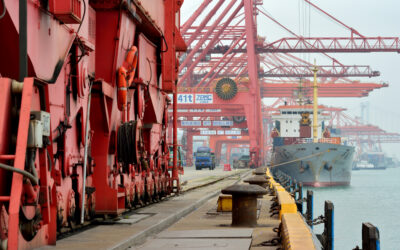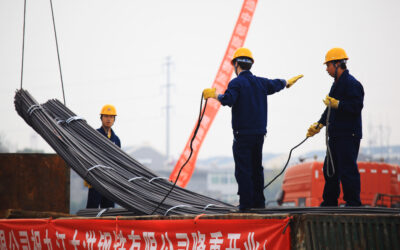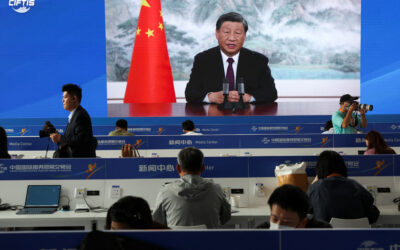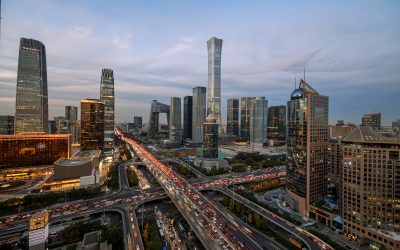In July 2024, China unveiled a long-awaited slate of reforms following a year of disappointing growth, mounting property sector troubles, and increasing global pushback. How far will these reforms go in addressing China’s deep-rooted economic challenges?
Publications
Q2 2024 Update
In the second quarter of 2024, China’s leaders emphasized that the economy was robust and progressing as planned. However, key financial indicators such as property markets, stock prices, and consumer sentiment revealed signs of weakness, casting doubt on the optimism.
Q1 2024 Update
In the first quarter of 2024, Beijing launched a series of initiatives to bolster a struggling stock market, increase exports to compensate for weak domestic demand, and heavily invest in high-tech sectors through subsidies and innovation funding to drive growth.
H2 2023 Update
Through the second half of 2023, the gap between China’s impressive official data and visibly underwhelming consumer demand, unresolved local government debt problems and an unprecedented drop in foreign direct investment was stark.
2023 Annual Scorecard
The economic effects of the pandemic initially masked deeper problems, but developments in 2022 underscored the structural nature of China’s slowdown. On its current path, China’s economic growth will continue to slow, with no clear signs of reversal ahead.
Q2 2023 Update
In the second quarter of 2023, slow growth prompted a shift toward more practical rhetoric on Chinese economic reform, but concrete actions remained insufficient. Without meaningful structural reforms, systemic challenges have continued to mount.
Q1 2023 Update
In Q1 2023 China reopened its borders and rolled out the rhetorical welcome mat for foreign investors. However, a public campaign to allay concerns about the direction of China’s economy has not been underpinned by a convincing shift in policy.
H2 2022 Update
During the second half of 2022 China veered from one extreme to the other, with carefully choreographed control followed by sudden turmoil. Throughout, the Chinese government has continued to claim that the path it has chosen for China’s economy is the only right one.
2022 Annual Scorecard
Over the year, teams from the Atlantic Council GeoEconomics Center and Rhodium Group have taken a data-driven dive into China’s economy to address a fundamental question: Is the Chinese economic system becoming more or less like other open-market economies?
Q2 2022 Update
In Q2 2022 China’s economic growth slowed to 0.4% YoY, despite aggressive steps to support companies, boost consumption, and address youth unemployment. These measures amounted to short-term firefighting and do not address structural issues.
Q1 2022 Update
The Chinese economy slowed and its economic system moved away from market economy norms in Q1 2022. Shanghai’s zero-COVID lockdown, a crackdown on technology firms, and deteriorating prospects in the property sector are key factors.
Q4 2021 Update
China moved farther from market economy norms in the fourth quarter of 2021 across most of the indicators tracked by China Pathfinder: financial system development, competition policy, innovation, and portfolio investment openness.
Q3 2021 Update
In Q3 2021, a Chinese economy already straining under COVID was rocked by energy shortages, while Evergrande, the country’s largest real estate developer, inched toward a full-blown debt crisis. Beijing also broadened its crackdown on tech giants, worsening investor sentiment












